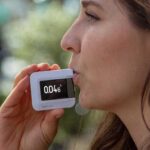
Many individuals gather together after work, on weekends, or on holidays over alcoholic beverages. It is a common pastime activity that many people engage in. Alcohol makes people feel relaxed because of its euphoric effects in small amounts. However, alcohol impairment is also one of the contributing factors to car accidents and road traffic injuries. Therefore, law enforcement imposed strict regulations in response to the negative impacts of alcohol use. One of these measures is to conduct breath alcohol testing in public areas, such as roadside or workplaces. Breath alcohol testing is an easy way to test someone for their alcohol concentration or intoxication level.
Breath alcohol testing is commonly conducted in roadside screening to test drivers’ blood alcohol levels. Police officers use handheld testing equipment called a breath analyser or breathalyser. These devices examine a person’s exhaled breath to measure the Blood Alcohol Content (BAC) or the amount of alcohol in the system. Over the years, roadside breath tests have significantly reduced accidents and impaired driving. Additionally, with the rise of sobriety checkpoints and heavier penalties in Australia, many individuals have also begun checking their BAC level with a personal breathalyser. Many people use devices such as the BACtrack from Breathalysers Australia. Breathalysers Australia offers a comprehensive range of personal and workplace alcohol testing devices for different needs.
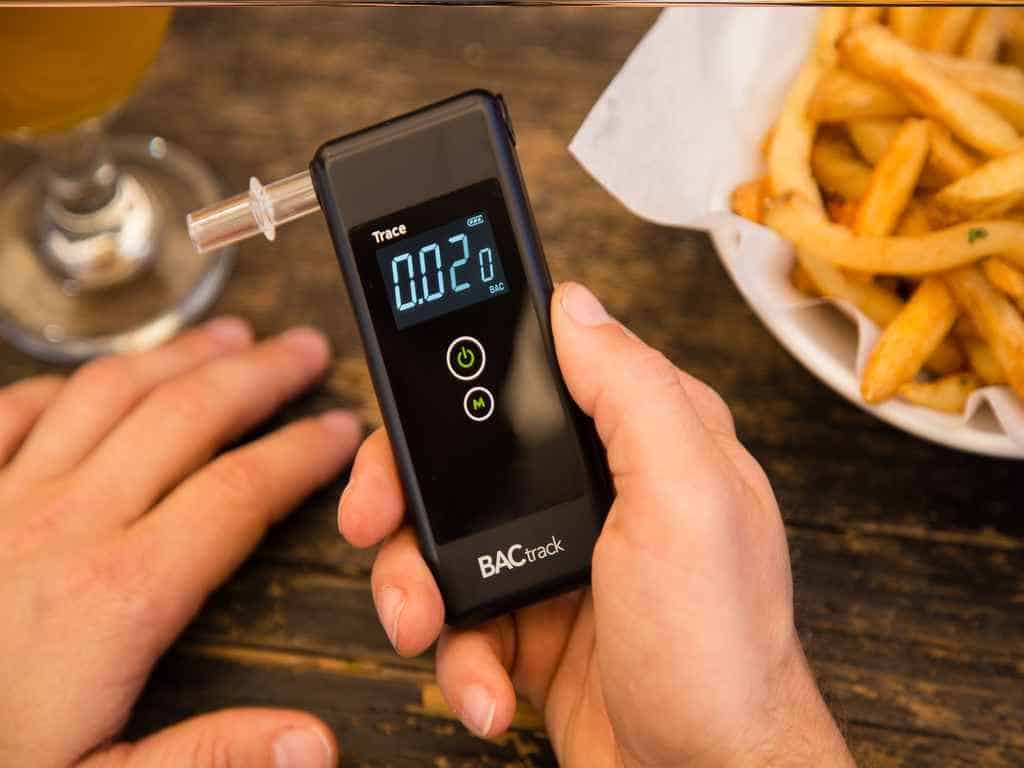
Understanding Blood Alcohol Content (BAC)
Alcoholic beverages contain ethanol which is an intoxicating agent. Depending on the dose, it can alter a person’s mood as well as mental and physical states. Typically, the more alcohol consumed, the higher the intoxication. However, how does alcohol affect the body, and how can breath alcohol testing help?
Alcohol is a volatile substance that rapidly absorbs in the body from the stomach to the small intestines and the bloodstream. The bloodstream circulates alcohol to vital organs like the heart, brain, lungs, liver and kidney. This process takes effect within minutes after consumption. Therefore, it is common for people to feel intoxicated immediately. In addition, it causes the Blood Alcohol Content (BAC) to increase. The BAC level is calculated as the per cent of alcohol in grams for every 100ml of blood. So if your BAC is 0.05%, you have 0.05g or 50mg of alcohol per 100ml of blood. To accurately determine the BAC, law enforcement and health institutions use breath alcohol testing through a breathalyser.
The purpose of breath alcohol testing is not just to check the presence of ethanol in the body but also to measure the BAC. It provides a guide on how severe a person’s intoxication is. For example, the higher the BAC level, the more impaired a person is. This is because alcohol slows down the messages sent to the brain. As a result, it leads to the following:
- Blurred vision
- Reduced hearing
- Slurred speech
- Impulsive behaviour
- Poor memory
- Slower reflexes
- Uncoordinated movements
Breath Alcohol Testing: Factors Affecting the BAC
The effects of alcohol vary individually. Two people consuming the same type and amount of alcohol are unlikely to have exact BAC levels. Thus, knowing how alcohol affects your body is vital to avoid harmful health and safety risks. Fortunately, individuals can precisely determine their BAC through breath alcohol testing. It minimises the uncertainty of guess estimates which can lead to a false sense of security or confidence, especially when driving or operating heavy machinery. Thus, the BACtrack personal breathalysers from Breathalysers Australia will come in handy. Moreover, the increase of the BAC will depend on the following factors:
- Age
- Gender
- Weight
- Body type
- Body fat distribution
- Food and water intake
- Medications
- The alcohol concentration in the drink
- Alcohol tolerance
- Rate of consumption (how quickly you drink)
Many people monitor their BAC level through breath alcohol testing with a breathalyser to keep their intake under control. Moreover, it is also important to know how the body processes alcohol to help make informed decisions. For instance, despite the body’s rapid absorption and increased BAC, it can metabolise alcohol at a constant rate per hour. The alcohol burn-off process is equal to one standard drink per hour. Hence, it would take longer to return to full sobriety if a person consumes more alcohol in less time.
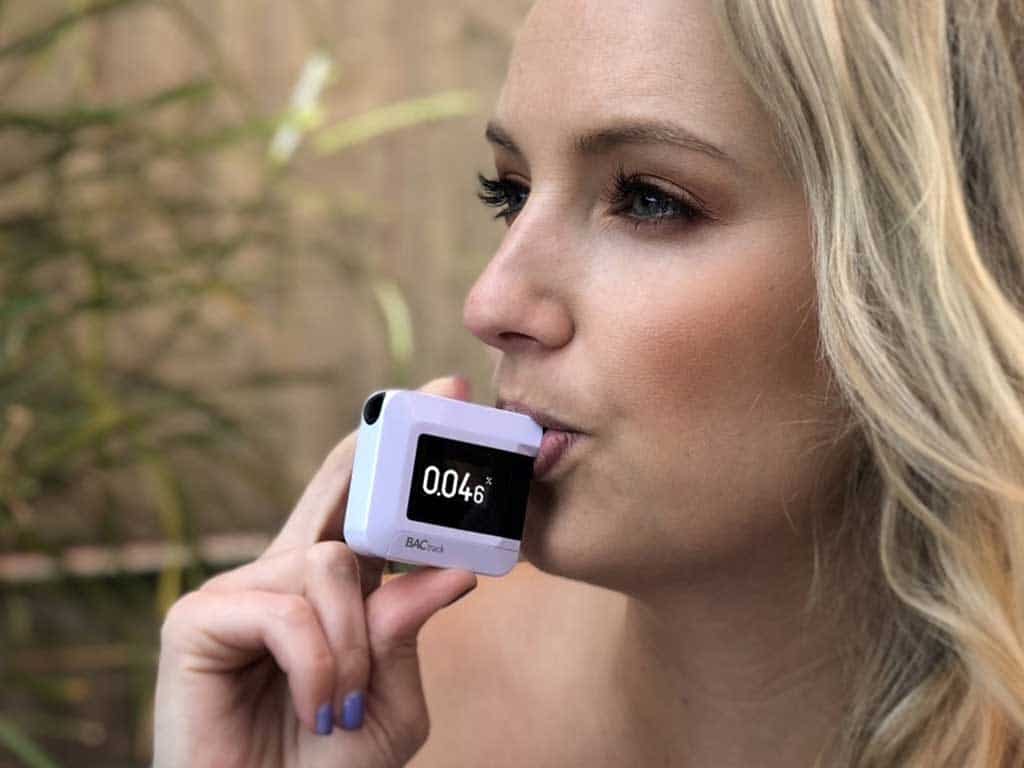
Kinds of Breath Alcohol Testing
Breath alcohol testing can be done in two ways: passive screening and active testing. A breathalyser device analyses the breath sample through its sensors to see if alcohol is present in the system. The types of breath alcohol tests have the following functions:
- Passive screening – tests for the presence of alcohol. A breath sample is collected without the use of a mouthpiece or through a non-contact form. The subject may exhale, blow, or talk closely to the breath testing device. Then, the breathalyser may display the results as “Alcohol Present” or “No Alcohol Present”. Other devices may show “zero,” “pass,” “warn,” and “fail” results.
- Active testing – a breathalyser requires the individual to blow into the mouthpiece. Active breath testing performs technical analysis of the breath sample to estimate the BAC accurately. It is the common procedure law enforcement uses to determine if a person is drink driving.
When is Breath Alcohol Testing Essential?
Alcohol use is prevalent in many societies. In Australia, it is a part of many social events and festivities. Due to their affordability and accessibility, adults can easily purchase and consume alcoholic beverages. Therefore, it is also essential that breath alcohol testing should be as frequent as drinking alcohol. Furthermore, breath testing is implemented in critical areas to minimise the hazards of alcohol use. The most common situations for alcohol tests are roadside screening, workplace testing, medical examination, and legal cases. They can be used as evidence to determine if a person has violated safety laws and regulations. Hence, controlling the alcohol intake is vital to avoid the consequences of failing an alcohol breath test. The next sections will talk about breath alcohol testing in various circumstances.
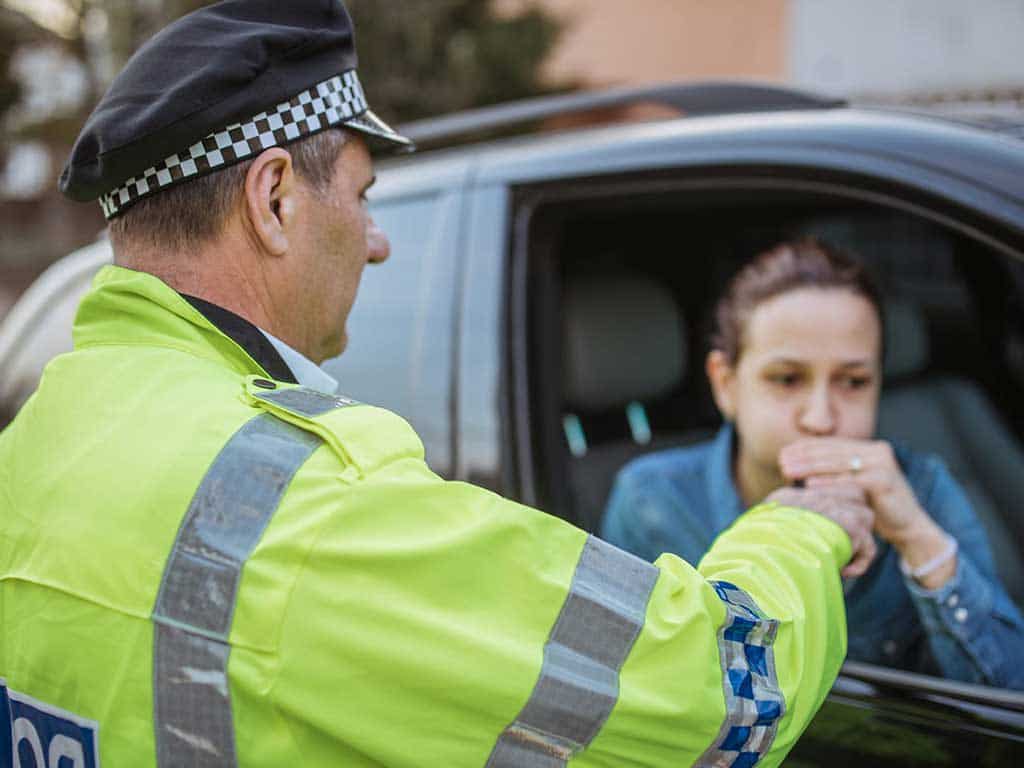
Breath Alcohol Testing and Drink Driving in Australia
Impaired or drink driving is one of the top factors of car crashes, collisions, and fatalities on Australian roads. Alcohol has many known negative effects on one’s ability to drive. In particular, it impairs vision, reaction time, and motor functions, increasing the risk of accidents. Unfortunately, many people get behind the wheel after consuming alcohol without checking their BAC. As a result, police officers inspect the roads for signs of impaired driving. Moreover, Australia imposes a legal limit of 0.05% BAC. Thus, a person is subject to legal charges and heavy penalties if they exceed the BAC limit in a police breath alcohol testing.
Drink driving penalties include hefty fines, imprisonment, court proceedings, and license disqualification. The severity of punishments will depend on the BAC level during the roadside breath alcohol testing. For example, higher BAC ranges entail higher fines and longer prison and suspension terms. Additionally, repeat offenders are subject to an alcohol interlock program. The program is designed to separate drinking and driving habits by installing an ignition interlock device. Furthermore, law enforcement uses police breathalysers with advanced fuel cell sensors to measure BAC levels accurately. Fuel cell breathalysers have high precision that can detect alcohol from the lowest to highest levels. Thus, checking the BAC with a personal device like BACtrack before driving is essential. Using a breathalyser only takes a few seconds, helping avoid legal charges or accidents when the BAC is high.

Breath Alcohol Testing in Workplaces
The workplace is another sensitive environment for alcohol use or misuse. Even though alcohol consumption after work is not prohibited, employees who drink excessively may come to work impaired. Consequently, employees have reduced ability to reason, focus, or operate the equipment, resulting in accidents, injuries, and damages. Therefore, organisations implement breath alcohol testing as part of a safety program. Particularly, breath alcohol testing is mandatory in high-risk workplaces to help prevent workplace incidents. Using a breathalyser for workplace use efficiently monitors the employees’ alcohol abuse. Breathalysers Australia also offers professional devices that are ideal for high-volume use. Additionally, implementing alcohol testing can help improve the following common workplace issues:
- Unsafe conditions or environments
- Low productivity or work output
- High absenteeism or tardiness
- High turnover rates
- Low revenues
- High costs
- Low employee morale
- Conflict with co-workers
Implementing Breath Alcohol Testing for Employment
Safety-critical industries like mining, aviation, transportation, construction, and manufacturing conduct breath alcohol testing to help manage occupational hazards. These industries are regulated sectors that require regular drug and alcohol tests due to the high-risk nature of the jobs. Hence, all workers must submit to workplace testing as a safety protocol. Furthermore, more companies or private organisations began adapting workplace testing as the need for safer environments increased. Since alcohol use is widespread, it has a considerable impact on smaller companies. Thus, employers who want to test their personnel may start by establishing a workplace policy. Most policies for workplaces impose zero-alcohol tolerance to prevent alcohol-related incidents.
Workplace Policy
A workplace policy is a written document outlining a company’s standard regulations or practices for health and safety. It enables businesses in Australia to administer breath alcohol testing to help monitor the employees’ sobriety. The policy includes the specific reasons and conditions for facilitating the test, test methods, and the consequences for returning a positive test result. For example, employees may face disciplinary actions if they have a positive BAC while on duty. Therefore, employers must communicate to all staff the conditions of the policy when introducing workplace testing. Likewise, employees must abide by the reasonable request of the company for safety reasons.

Kinds of Workplace Breath Alcohol Testing
Employers may facilitate breath alcohol testing under specific guidelines. The common situations to test for alcohol at work are:
- Pre-employment: employers require job applicants to undergo drug and alcohol tests to determine their substance use or history. New hires who have risky behaviours may jeopardise workplace safety. Additionally, it is essential for positions with safety-critical roles. As a result, candidates must pass the test to be eligible for the job.
- Post-incident: testing employees help identify the actual cause of the accident or near-miss. Post-incident tests must be done within a specified period.
- Periodic: scheduled tests are announced and administered to all employees. An example is the annual physical examination conducted at a fixed time of the year. Hence, employees expect to undergo breath alcohol testing.
- Random: testing workers with no prior announcement. It helps trace employees with alcohol content who are hiding their impairment. Likewise, random tests help deter alcohol use because employees may be tested at any time.
- Reasonable suspicion: management may request breath alcohol testing to confirm an employee with symptoms of intoxication. For example, a person may have bloodshot eyes, alcohol breath odour, and be unable to stand or walk upright. As a result, the employer may pull out the concerned employee from the work site before an untoward incident occurs.
- Post-positive: employees with previous positive test results or those returning from hospitalisation or rehabilitation centres to show fitness for duty.
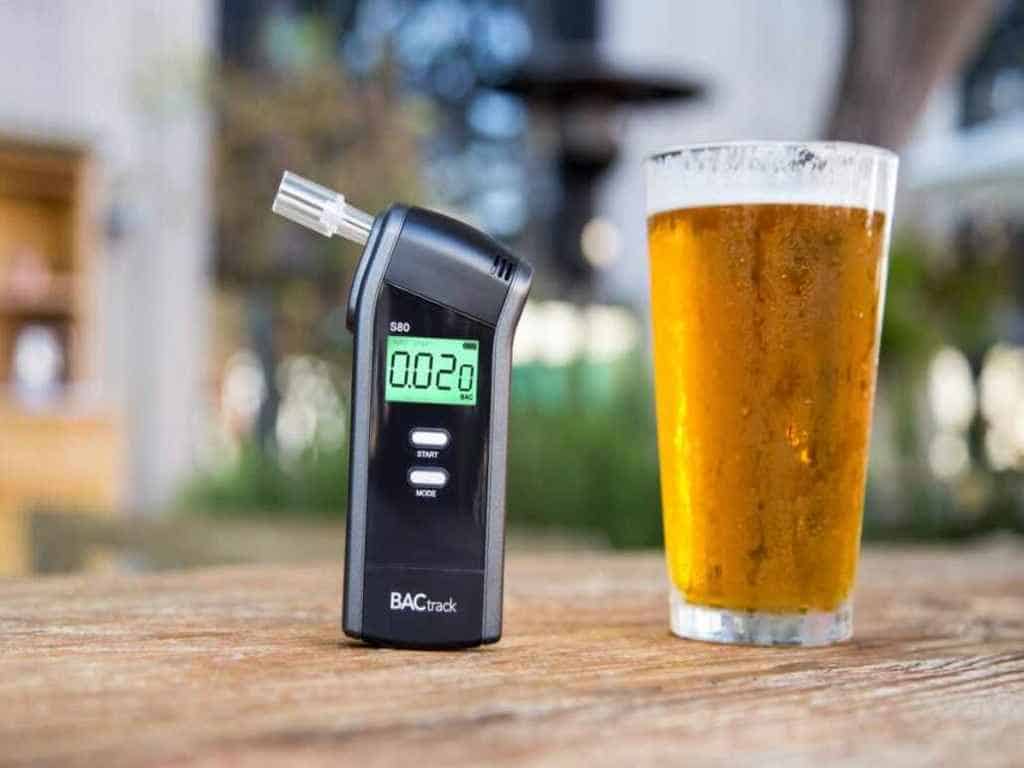
The Accuracy of Fuel Cell Breathalysers
Various test procedures can detect alcohol presence. However, breath alcohol testing is the most straightforward way of knowing a person’s alcohol level or BAC. It is the standard test method in roadside screening because it is quick and non-invasive. Unlike other procedures, collecting sample is easy and can be administered in plain sight. Therefore, BAC testing with a breathalyser device is efficient. Additionally, most workplaces also use a breathalyser to enable frequent alcohol testing. Like the police breathalysers, workplaces also use fuel cell sensors. Fuel cell breathalysers work by oxidising alcohol in the breath. It undergoes an electrochemical reaction and produces tiny electrical charges based on the volume of alcohol. Then, the device converts the electrical currents into a numerical BAC value.
Law enforcement and workplaces use fuel cell breathalysers because of their high sensitivity to ethanol. Fuel cell sensors do not react to other substances, reducing the likelihood of false positives. Therefore, it will not interfere with the BAC results of people with diabetes or on a low-calorie diet. Moreover, fuel cell breathalysers maintain their consistency and accuracy longer than standard semiconductor breathalysers. It would mean that they are ideal for high-volume use and need less frequent recalibration. All breath alcohol testing devices require periodic servicing to maintain the sensor’s performance. Most workplace breathalysers have a recalibration period between six and nine months, depending on the usage.
Workplace Breathalysers from Breathalysers Australia
High-risk workplaces depend on the reliability of breath alcohol testing devices to get precise BAC results. Therefore, investing in a professional breathalyser is vital to maintaining workplace safety. Fortunately, Breathalysers Australia offers highly effective and top-performing alcohol testers for workplace use. All workplace breathalysers at Breathalysers Australia feature enlarged industrial-grade fuel cell sensors with linear response. Thus, they can trace alcohol concentrations accurately from 0.000 to 0.400% BAC. In addition, the breathalysers meet the Australian Standards (AS 3547) certification. Companies may avail of the following devices for various workplace needs:
- BACtrack S80 Pro Gen2 – a standalone device that delivers quick BAC results in seconds. The breathalyser has adjustable blow strength and time settings for enhanced accuracy.
- BACtrack Mobile Gen2 – the breathalyser connects to a smartphone via Bluetooth. It delivers the BAC results directly on the mobile phone’s screen, making it convenient for remote alcohol monitoring.
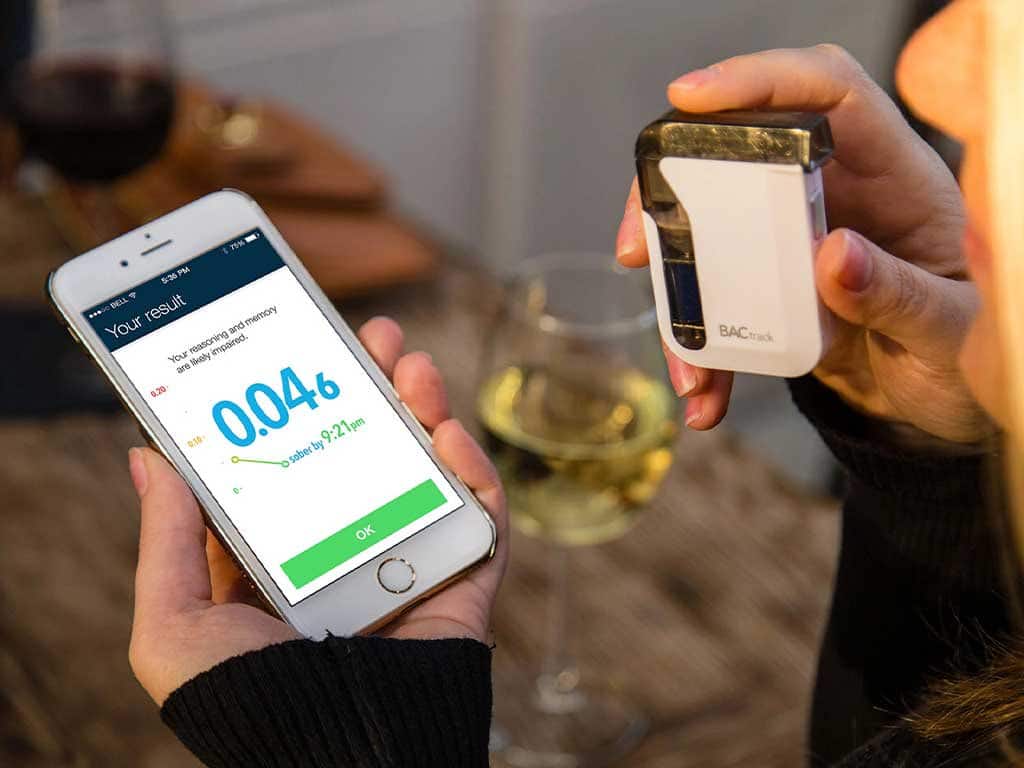
Features of the BACtrack Personal Breathalysers
Previously, breathalysers were exclusive for law enforcement use. Over the years, breathalysers have become more accessible for consumer use. Their availability has benefited thousands who consume alcohol and need to drive after. Moreover, personal breathalysers enable individuals to self-administer breath alcohol testing to help moderate their intake. Therefore, looking at the devices’ features is essential to ensure health and safety. The BACtrack personal breathalysers at Breathalysers Australia offer the following user-friendly functionalities to make breath alcohol testing more reliable and efficient:
- Optimal breath capture – all BACtrack breathalysers contain a mini-solenoid pump to capture the precise breath sample. The pump activates at the end of each breath test to capture the alveolar or deep lung air. Likewise, it helps keep ambient air and other pollutants from entering the sensors.
- One-touch operation – the breathalysers activate through a single button function. Pressing the power button will immediately warm up the sensors for the breath test.
- Instant results – the BACtrack breathalysers analyse the breath samples and deliver the BAC results within 10 to 15 seconds.
- Sensor accuracy – most personal devices at Breathalysers Australia utilise fuel cell sensor technology. Therefore, you get police-grade accuracy when using a BACtrack breathalyser.
Guide to Personal Breathalysers at Breathalysers Australia
Breathalysers Australia offers a comprehensive range of breath alcohol testing devices for various needs or preferences. For instance, employees may use a personal breathalyser to monitor their BAC and ensure the full return of their BAC to 0.00% before work. Breathalysers Australia offers the following BACtrack devices:
- Keychain: the BACtrack Go is the smallest alcohol tester with a fold-out mouthpiece to protect the device when not in use. Similarly, the BACtrack C6 is the most compact breathalyser with fuel cell sensors. These devices have a key ring, making them easy to carry.
- Smartphone-capable: The BACtrack C6, C8 and Mobile Pro have Bluetooth connectivity to pair with a smartphone seamlessly. The breathalysers can send the BAC results through the BACtrack app. The app also features tracking and BAC monitoring capabilities. The ZeroLine technology of BACtrack can estimate how long their BAC reaches 0.00%.
- Pro-grade series: The BACtrack breathalysers utilise the Xtend fuel cell sensor technology. The S80 Pro, Mobile Pro, Scout, Trace Pro, and Trace Pro have superior precision with advanced functions. It includes continuous temperature checking to ensure breath sample consistency.
Breath Alcohol Testing: Getting Accurate Results
A breathalyser is easy to operate, following the correct guidelines of breath alcohol testing. Firstly, it is vital to wait at least fifteen minutes after eating, drinking, or smoking to get precise BAC results. It ensures that alcohol reaches the lungs to be vaporised and exhaled in the breath. It also minimises alcohol residue in the mouth or mouth alcohol from interfering with the breath test. Therefore, the breathalyser will only capture deep lung air. Secondly, when providing a breath sample with a BACtrack breathalyser, inhale deeply and give a continuous blow to the mouthpiece until the beeping stops. The device will display an error message if the provided breath is insufficient. In this case, you need to perform another breath test.
Even though fuel cell breathalysers do not react to other substances, it is important to take a breath alcohol testing in a smoke-free room. It prevents external air or contaminants from entering the device, which may damage the sensors. Furthermore, all breathalysers sensors will drift over time even when not in use. Thus, ensure that you send your unit for periodic recalibration to maintain optimal performance. Lastly, always use a fresh mouthpiece when sharing the device with others.

Can Breath Alcohol Testing Detect Drugs?
Most workplaces facilitate drug and alcohol tests simultaneously. A drug test detects illicit substances, while an alcohol test only detects ethanol. Therefore, a breathalyser cannot determine drug use. For drug testing, most workplaces use urine or saliva tests. Meanwhile, roadside drug tests use saliva or mouth swab tests because it is easier to collect the samples than urine or blood tests. However, certain drugs, including prescription medicines, may interfere with the results of breath alcohol testing. This is because alcohol in the body may react with medications, causing the BAC to increase. Hence, a personal breathalyser like the BACtrack is valuable in monitoring the changes to the BAC level.
Conclusion
Breath alcohol testing is the most convenient way to check a person’s alcohol content. A breath test is non-invasive and gives quick results. Therefore, individuals and authorities can easily determine if a person is impaired. Furthermore, anybody can use a breathalyser without needing a professional or technician. As a result, workplaces may use a breathalyser frequently, making it cost-efficient. Companies and individuals may get the robust BACtrack devices at Breathalysers Australia. The BACtrack breathalysers provide pro-grade accuracy and user-friendly features for various uses. In conclusion, breathalysers promote alcohol awareness and help prevent accidents at work or on the road.





























